Coastal Foraging
Coastal Foraging
To forage is to search widely for food and sustenance, but our search shouldn’t just be limited to the green environments of woodland and meadows, and being as we live on an island it makes great sense to do some coastal foraging too.
Coastal foraging can bring such a variety, from shellfish to sea vegetables and everything in between. Variety also comes with the changing tides, changing seasons and the variety of coastal landscapes that we are lucky enough to have here in the UK.
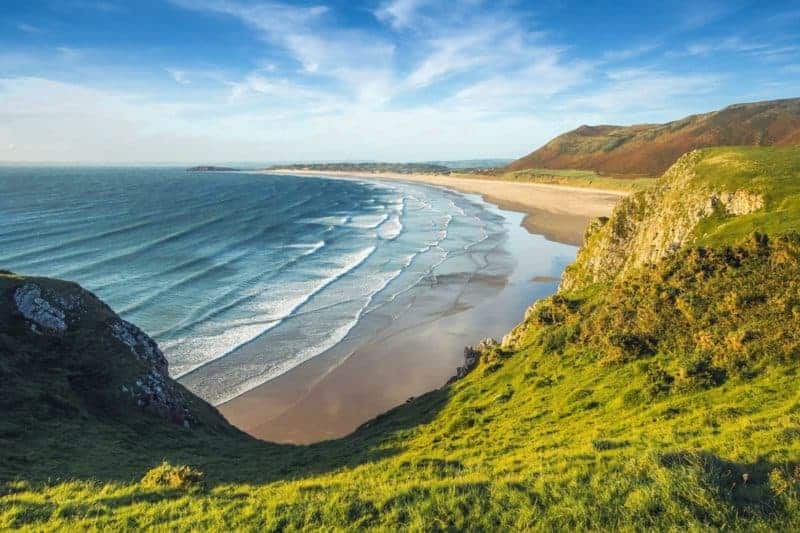 Before you do head out to start your coastal foraging be sure to do some research. Make sure that you head to clean unpolluted coastal areas to find your edibles. You can check this out on the Surfers Against Sewage website https://www.sas.org.uk/map/ who have an up to date map of the UK with its clean coastline guide. Or contact the local Port Health Authority or the Environmental Health Authority in the area that you are heading.
Before you do head out to start your coastal foraging be sure to do some research. Make sure that you head to clean unpolluted coastal areas to find your edibles. You can check this out on the Surfers Against Sewage website https://www.sas.org.uk/map/ who have an up to date map of the UK with its clean coastline guide. Or contact the local Port Health Authority or the Environmental Health Authority in the area that you are heading.
Also be sure to stay safe. Make sure you are aware of the tide times and weather forecast for your location. Stay away from crumbling cliffs, areas prone to rock fall as well as being aware of sinking sand and deep marshy areas, not to mention the slippery rock surfaces you may have to clamber over. And as with any form of foraging make sure you are confident in your identification to prevent yourself ingesting anything poisonous.
To help with identification of edibles it’s good to be clear on the following terms that may be used in your identification books and apps-
The beach refers to the strip of land above the high tide line.
The foreshore is the area of land frequently exposed between the low and high tide line.
The sub-tidal zone is the seabed below the low tide line.
Knowing these terms will help you out when coastal foraging anything from plants to shellfish as you’ll learn the best places to find them as well as being sure that you have found the right one and that it is definitely edible and safe.
Another consideration, and certainly not to put you off, but make sure you up to date with the latest regulation in your area of foraging. Some of the regulations are slightly old fashioned and others are just plain bonkers, such as you can legally forage 5 prawns from a Northumberland shore yet 6 would be illegal! Or you can’t collect mussels in Hampshire east of a line running north/south through the Needles Lighthouse after 4pm during the oyster season! See what I mean, some of them seem slightly obscure so if you are hoping to be making regular foraging trips to your local coastline it’s good to be up to date with any current regulations, and be aware that regulations change regularly depending on environmental changes as well as changes in the law.
Plants-
The coastal environment is rich in an abundance of varied plant life, many of them packed with beneficial nutrients and easy to identify.
As well as the plants that grow up on the cliff line, such as rock samphire, or through the dunes, such as sea beet, there are an abundance of edible plant species to be found along the foreshore as well as in the sub-tidal zone too.
When coastal foraging you may often come across the term sea vegetables, this literally means types of seaweed. There are no known poisonous seaweeds along the UK coastlines at this time, but it is good to check this regularly as new species are always being found. Seaweeds are rich in vitamins and minerals such as calcium, potassium, magnesium and iodine.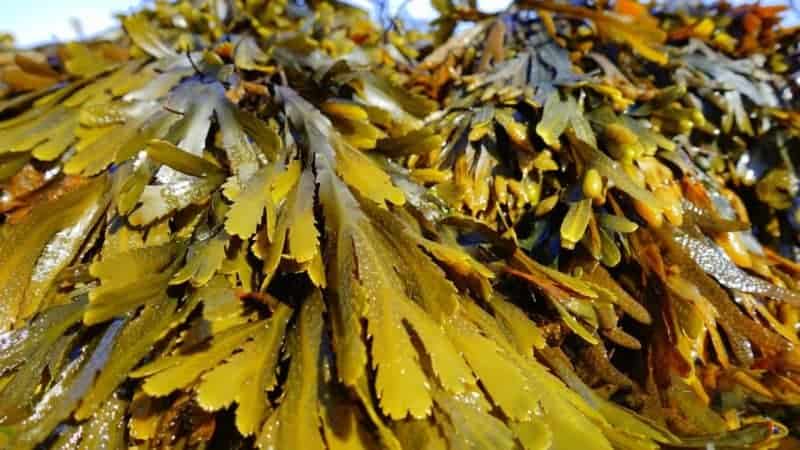
Seaweeds are commonly eaten in their dried form, making it easier to preserve their nutrients but also making them more palatable as many types are very slimy in texture. Though if you don’t want to eat dried seaweed you can add them to soups, stir fries and pasta dishes. With many of them having a salty taste they can add to flavour as well as nutrition.
Once you have found and identified the plant, be sure to use scissors or a small penknife to cut the small section of plants rather than just pulling at them which can cause uprooting and damage. It is in fact illegal to uproot any plant in the wild so be careful here. Also be sure to consider the wildlife too, don’t remove all that you find, just take a little for yourself but leave enough for wildlife, for the plant to be undamaged and reproduce as well as allowing for others who maybe out foraging too. Always forage sustainably, don’t gather from just one patch, take a little then move on. If you turn and look at the area and you can’t see that you have foraged anything there then that is great, but if you can see where you have been gathering then you have taken too much. As you move along foraging also be aware of the rest of the environment around you, be sure not to trample other plant life or wildlife habitats just in a bid to get your preferred plant.
Molluscs
Marine molluscs fall into three categories, the bivalves and gastropods which can be foraged from the seashore and the cephalopods which include creatures such as the squid who, I’m sure you’ll agree, are far less forgeable on your average day out.
Cockles, oysters, mussels and clams are bivalves and are more widely sought after than the gastropods which include the limpet and winkle, though these shouldn’t be overlooked as a foraging option.
Before heading out make sure you are in an area of clean water, especially as many shellfish are filter feeders, so if the area is polluted then the shell fish will have ingested and be holding on to this toxic waste too, this will increase the chance of making you ill.
Talking of making you ill, there are certain bacterias that can be present in shell fish that can lead to food poisoning, especially if they are not prepared and cooked effectively. So if you are out gathering certain shell fish be sure to read up on their cleaning and cooking needs.
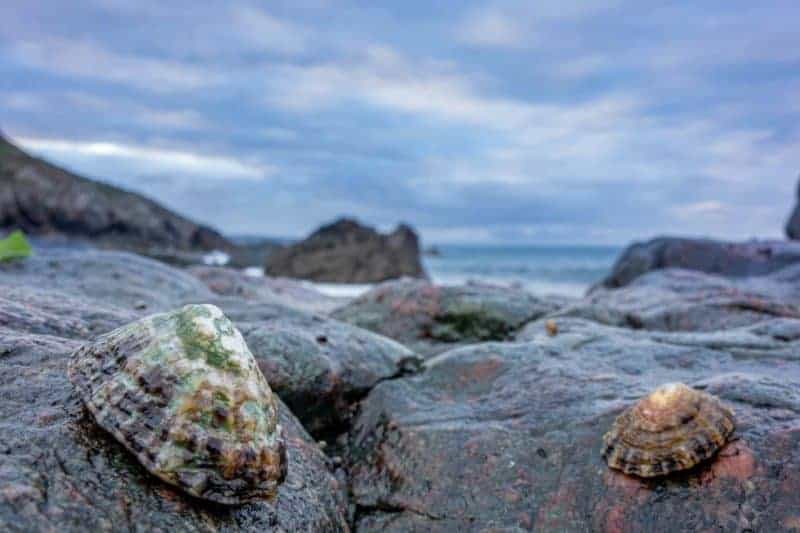 It is best to collect from open clean areas where there is greater tidal movement. Avoid collecting from marinas, harbours and ports due to the pollution from boat traffic and any waste that may have been dumped. Also be mindful of agricultural run off too so stay away from narrow estuaries or out flow pipes.
It is best to collect from open clean areas where there is greater tidal movement. Avoid collecting from marinas, harbours and ports due to the pollution from boat traffic and any waste that may have been dumped. Also be mindful of agricultural run off too so stay away from narrow estuaries or out flow pipes.
There is another slightly bonkers piece of advice passed down through generations of fisherman and foragers, and that is, don’t eat shellfish unless there’s an “r” in the month! Yep, it sounds crazy but actually links back to safe times of the year to forage. During the later spring and summer months, which you’ll notice don’t have a r in them, the bivalves are at their most active which means they are filtering through huge amounts of sea water. This is also the time of year when certain harmful bacterias and algae’s are at the highest levels. As much as algae blooms could theoretically occur at other times of the year, they are most prevalent during the late spring and summer months so it’s best to take this in to consideration.
Once you have found safe areas to coastal forage there are some amazingly nutritious shell fish to gather and as long as collected sustainably that can be a great addition to your foraged menu.
Before cooking be sure to give the shellfish time to clean themselves, remove sand and remove their digestive contents as much as possible. It is advised to do this in well aerated salt water, ideally laying them out in a large shallow tray and not stacked on top of each other to give them all space to do this effectively. By using a wide shallow tray this gives greater surface area to allow further oxygen in to the water. This is particularly important for the bivalves who open up their shells once submerged but will drown once the oxygen from this small amount of water has been used. For this very reason it is also advisable to splash the water around regularly to help oxygen levels as well as keeping them cool. It is best to change the water at least once and not leave them in for longer than 10 hours. The shellfish should be cooked immediately afterwards and not stored for later. For safety reasons it is recommended that all foraged shellfish should be cooked thoroughly.
Once cooked, be sure that they are properly cooked and that there is no sign of life. Do not eat the ones that haven’t opened as they may not be fully cooked and this can indicate that they are still alive and pulling the shell closed. Cooking them effectively kills a lot of viruses and bacteria but be aware that heat does not kill algae toxins which is why you should not forage during algae blooms.
Once you are confident in your identification, how to process and clean the shellfish you can explore the vast array of amazing shellfish recipes. Many of them are great cooked in wine, stock or cream based sources with a selection of herbs and great served with a chunk of fresh crusty bread!
Crustaceans
This is where things ramp up a little, a little more work maybe needed but the increase in excitement and reward is their too. It is when foraging for the amazing crustaceans that you need to double check legislation again but also maybe invest in some specific equipment, whether that is a crab pot, shrimp net or speargun if you are planning to go spearfishing for such beauties as the spider crab.
It is best to check with your local Fisheries Committee to double check if you need a permit or similar to put out a pot or if there are restrictions on MLS (Minimum Landing Size) or restrictions on numbers you can catch. These regulations are in place to protect species so as much as they can sound limiting they are to help protect and to promote sustainability so we should all take them seriously.
Depending on how you plan to forage and which crustacean you can take during each season will vary immensely, but safety has to be a priority. Not just being aware of tides and weather changes but also knowing your own limitations. If you are planning on venturing further in to the sea for such adventurous foraging trips as spearfishing, be sure to take someone who is experienced and knows the local seas well. Not only will you stay safer and be less of a burden on the coastguard services but you’ll have more and probably a more successful trip all round.
Once you have made you catch it is important to know about humane dispatch techniques but also food safety specifics here too. Lobsters and crabs produce high amounts of ammonia when at room temperature, even just for a short time. If they are not submerged in water they can not use their gills to effectively remove the ammonia from their bodies. Kept like this they won’t even last 24 hours, but if kept properly at 5 degrees Celsius then they will last 2-3 days. Strong advice from experienced fisherman and foragers is to keep them cool and moist and dispatch them as soon as possible.
When dealing with crustaceans the ethical forager also has to be mindful of pain. There are many recommended ways to dispatch these creatures in ethical ways, may of the more ethical approaches are outlined by the RSPCA so be sure to research these in more depth. Smaller crustaceans such as prawns and small shore crabs quickly perish when dropped into boiling water so this is deemed OK, yet larger crustaceans such as lobster and brown crab and spider crab take a significantly longer time to die in such situations so research has found that pain is inflicted during this process, so just be mindful of this. This may be deemed to be overthinking the situation, but for anyone who has seen a lobster thrashing around in a saucepan of boiling water would agree that this subject really does need careful consideration. Commercially lobsters are humanely dispatched by electrocution, so it may be wise to make friends with a commercial fisherman who can dispatch your crustaceans for you if you have any concerns at all.
So now you have the basics, get reading up about the different varieties and the best places to go in your area but get out there and enjoy furthering your knowledge and exploring the wild larder of the coastline. Be safe, and enjoy!


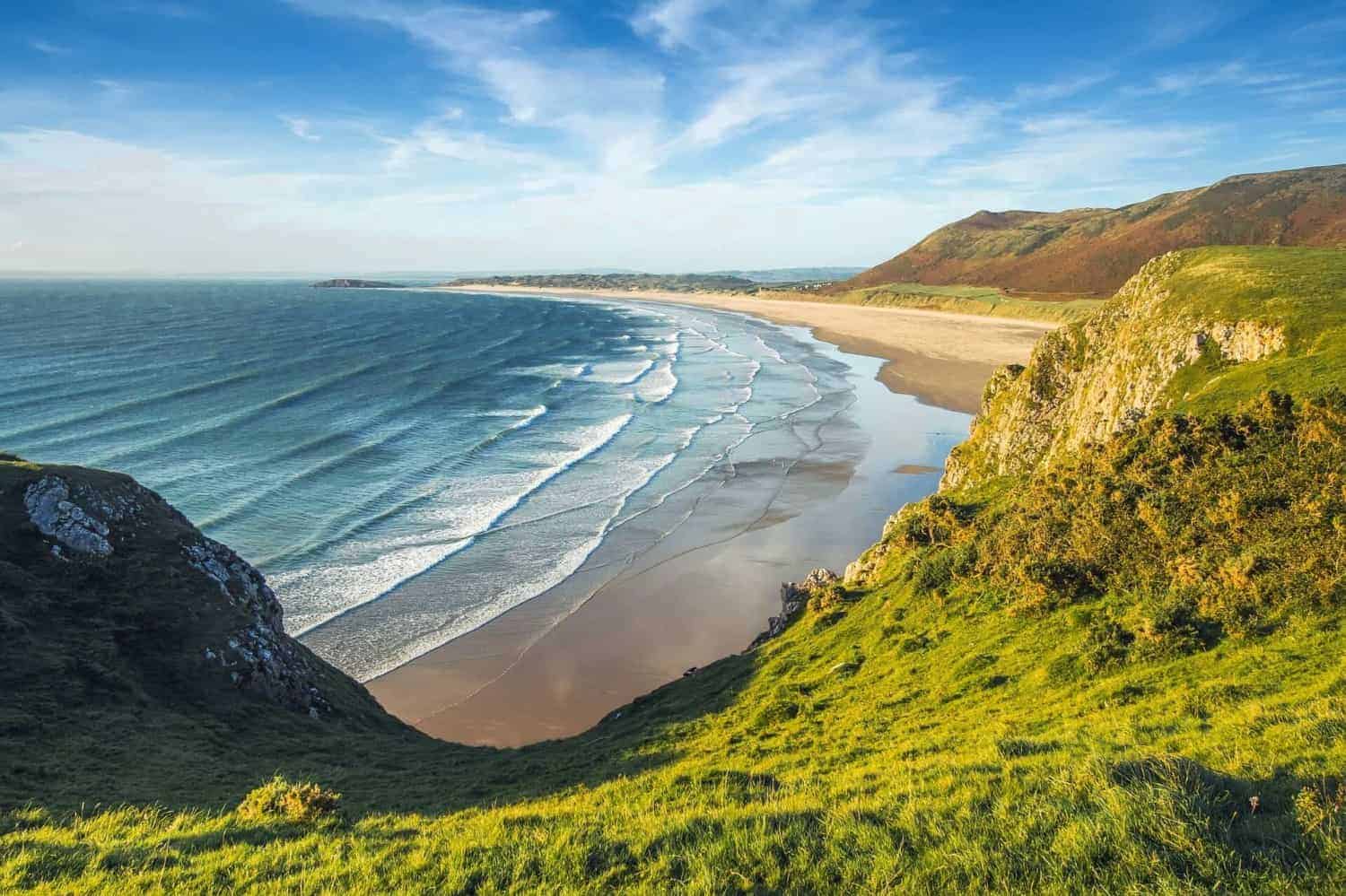
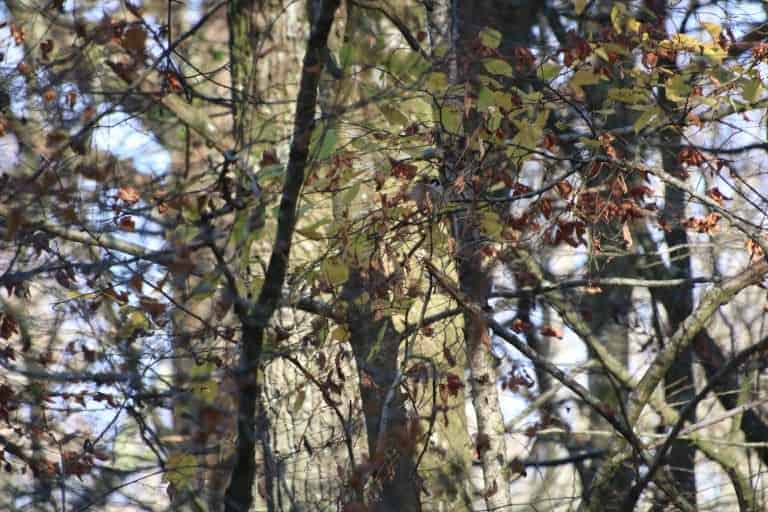
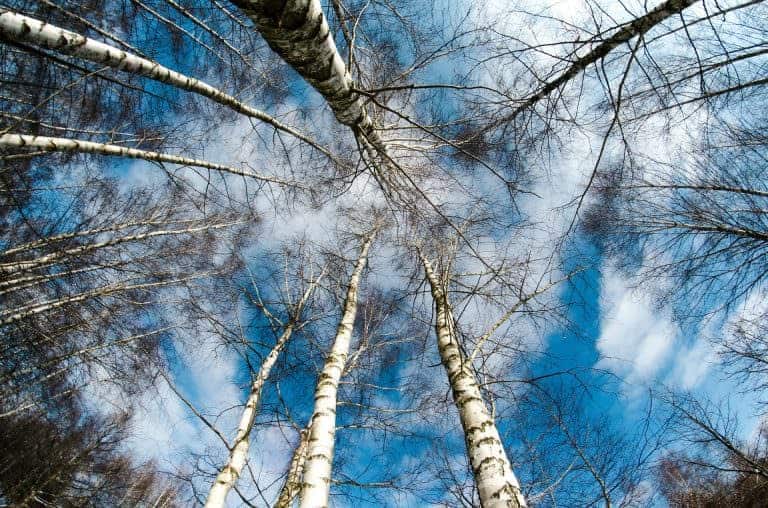
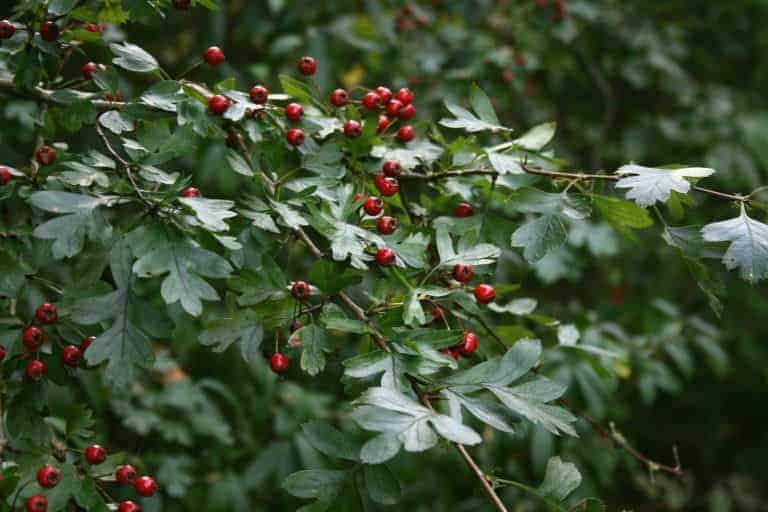
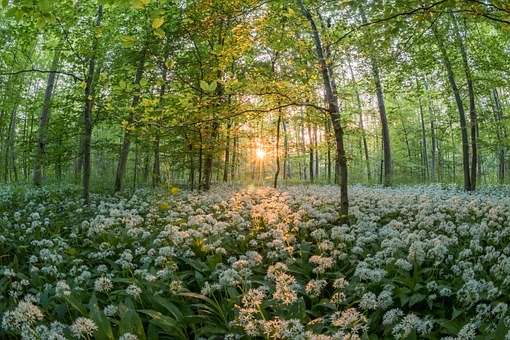
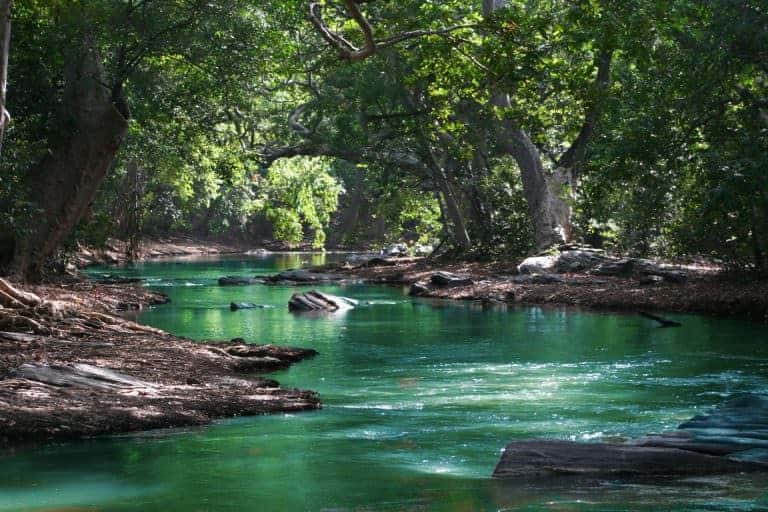
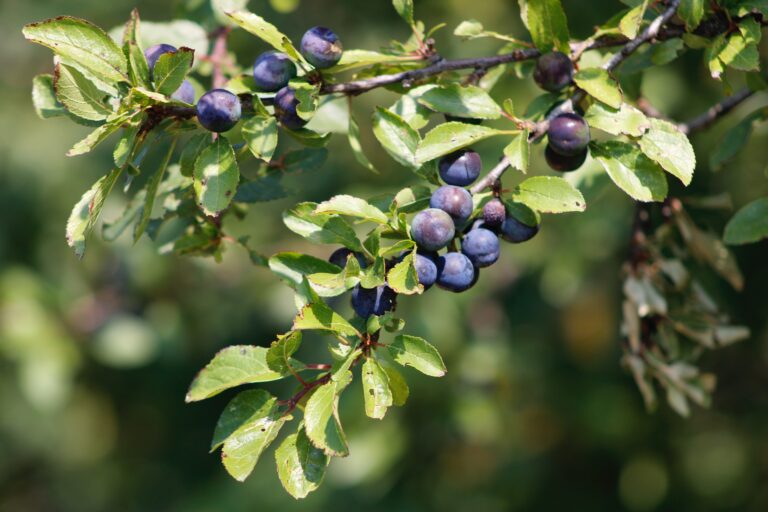
Great article … good reference for the basics Living on the coast for many year I have my favourite molluscs, crustaceans, seaweed and coastal greens and of course my favourite spots throughout the year.
However I need to improving my knowledge about foraging inland. Hence looking forward to the foraging course in September
Thank you Stuart, I look forward to seeing you again in Sep.